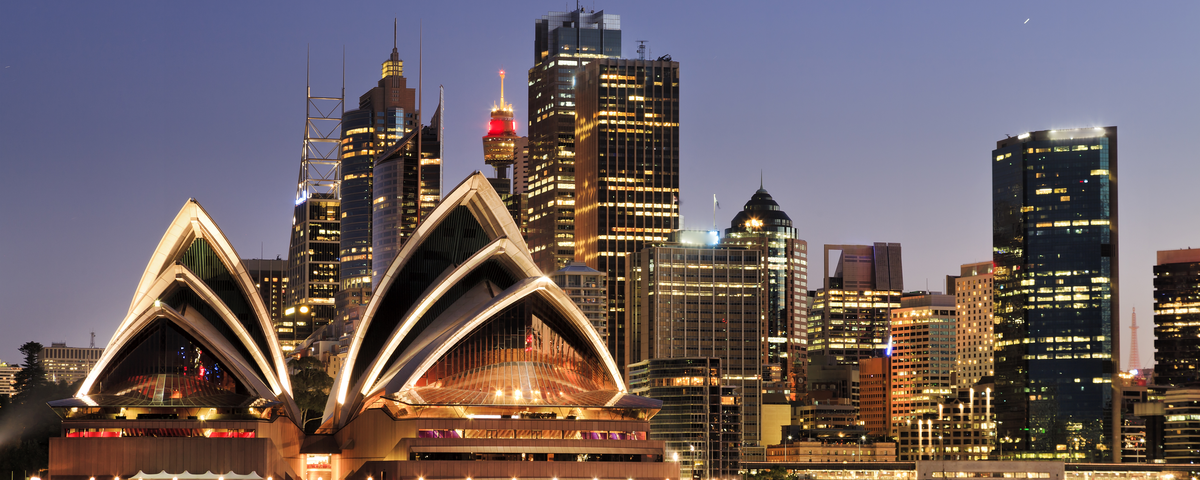If you can’t visit us, watch us. Which is what Tourism Australia said this week in producing high-quality videos reminding would-be international visitors what they are missing.
And it’s effective in keeping the appetite whetted as Australia, like all destinations, realises that a lack of COVID-19 vaccine will massively impact the tourism industry well into next year.
The six videos are meant to be listened to through headphones, as they utilise 8D audio – an engineering treatment that gives the soundtrack an extra, immersive dimension. It is said it is the first time a tourism office has used the tech in a campaign.
The colour-coded videos have themes, such as escape and inspiration and show off Australia’s diversity. Susan Coghill, Tourism Australia’s chief marketing officer, says: “Now more than ever, it is important as destination marketers to remind our target travellers of the kinds of experiences that make Australia such a desirable place to visit once travel resumes.
“Our 8D videos are about keeping Australia top of mind when people can’t travel here so that we are at the top of their travel bucket list of places to visit in the future.”
Australia had nine million international visitors in 2019 but doesn’t expect to open its borders until mid-2021 at the earliest, although it may agree an open border ‘travel bubble’ with New Zealand before Christmas. Until then, the tourism industry is dependent on domestic travel.
As the country moves into its summer, Tourism Australia has launched a Holiday at Home campaign while keeping its more lucrative international visitors fed with videos and additional travel features.
Armchair travel campaigns such as this have been widely deployed. In the weeks following lockdown in March, the Frankfurt Rhine Main region of Germany were among many destinations to reach out – in this instance, several light show and tourism videos in a From Frankfurt with Love campaign.
Tourism recovery plans were also written up in the spring when the industry pinned hopes on a quick return to a form of normality. Now there is a more exhaustive reappraisal, with fresh thinking of how domestic and international can actually complement each other.
In Rwanda, the cost of visiting gorillas in national parks was hugely reduced for residents. Andrew Gatera, owner of local ground handler G-Step, said: “In a positive way, we have learned that the domestic market is as important as the international market. We had to go back to the drawing board to start innovating, introducing a few packages and developing our online booking system.” When developed in a meaningful way, domestic tourism can sustainably complement international tourism with year-round tourism economic growth and development, he says.
Similar stories of a better balance between domestic and international are emerging from destinations as diverse as Ghana, Luxembourg and Egypt.
Less reliance on international means fewer flights, a new appreciation for your own backyard and perhaps a smaller tourism industry – not a bad thing given the over-riding imperative to tackle climate change.
But meanwhile, do give Australia the honour of donning your headphones and taking a look at the 8D videos. Spoiler alert: the Blue video which shows off the sea life has already had three times as many views as the other five videos put together. Watch it right to the end: there is an astonishing piece of film of a whale rising to surface two metres from a viewing boat – and holding the pose for the cameras.
You may also be interested in…
- How travel organisations are thinking creatively during the crisis
- Ripping up the travel marketing manual for 2021
- Gen Z can save the travel industry…if we learn what drives them


